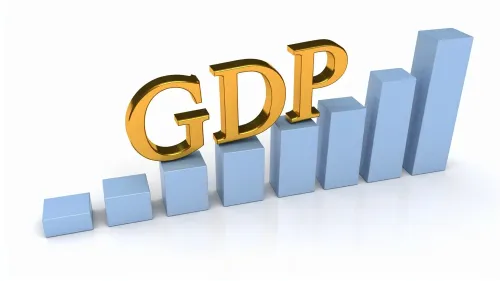Will Government Bond Yields Decline 10 Bps in the Near Term Due to Benign Inflation and Possible RBI Rate Cut?

Synopsis
Key Takeaways
- Government bond yields are expected to decline due to favorable economic conditions.
- Lower oil prices contribute to managing inflation.
- The RBI may implement further rate cuts this fiscal year.
- India's GDP growth is projected at 6.5% in fiscal 2026.
- Crisil predicts CPI inflation will average 2.5% this fiscal year.
New Delhi, Nov 18 (NationPress) The benchmark 10-year government bond yield is anticipated to decline in November and remain stable in the following months, influenced by benign inflation, reduced oil prices, and potential monetary easing from the Reserve Bank of India, according to a report released on Tuesday.
A report from Crisil Intelligence predicts that benchmark 10-year government bond yields will trade within the range of 6.43% to 6.53% by January 31, 2026.
State development loan yields are forecasted to decrease from 7.15% to between 7% and 7.10% by the end of January, while 10-year corporate bond yields are expected to drop from 7.14% to a range of 7.05% to 7.15%.
"We foresee the RBI implementing further cuts to the policy rate this fiscal year based on GDP growth projections and inflation metrics," the report indicated.
India's macroeconomic factors and domestic consumption are projected to bolster a GDP growth rate of 6.5% in fiscal 2026, supported by benign inflation, GST rationalization, and income tax relief.
Crisil forecasts the Consumer Price Index (CPI) inflation to average 2.5% for this fiscal year, as robust agricultural growth is expected to keep food inflation stable.
Lower crude oil prices and mild global commodity prices are anticipated to help manage non-food inflation, the report stated.
"Our November outlook is grounded in our inflation projections and mild oil prices, which mitigate the effects of geopolitical uncertainties and slowing global growth," the firm remarked.
In the upcoming three months, yields may be influenced by market liquidity, US tariff renegotiations, foreign portfolio investor (FPI) inflows, rupee depreciation, the decisions of the US Federal Open Market Committee (FOMC), global uncertainties, and expected state and central government borrowings.









